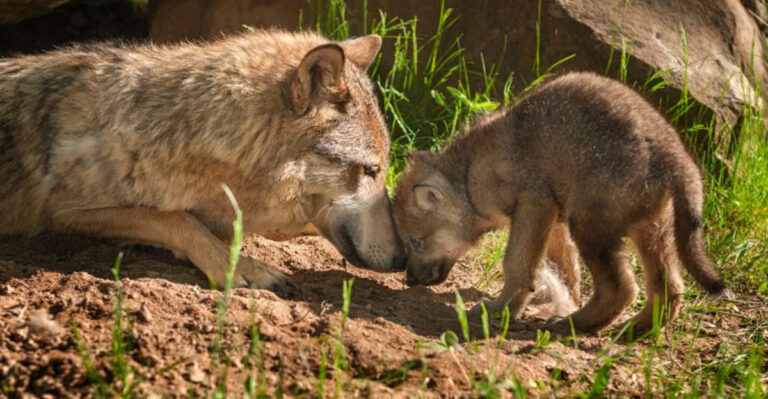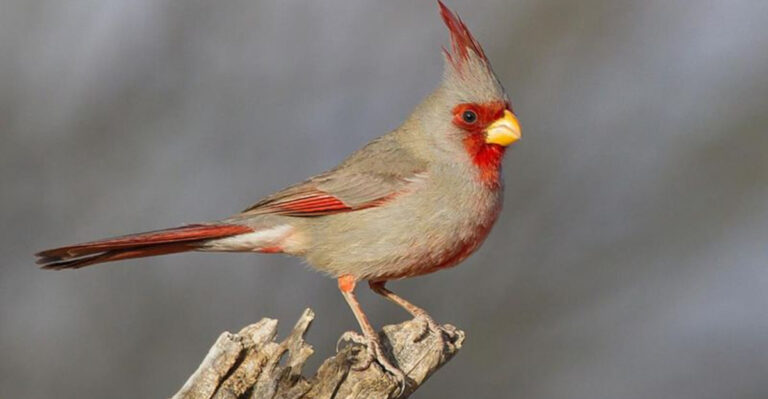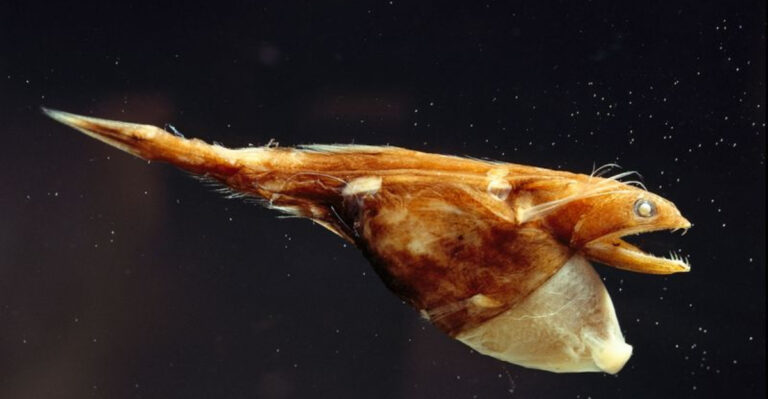9 States Where You’re Most Likely To Get Bitten By A Rattlesnake (And 3 Without Any Rattlesnakes)
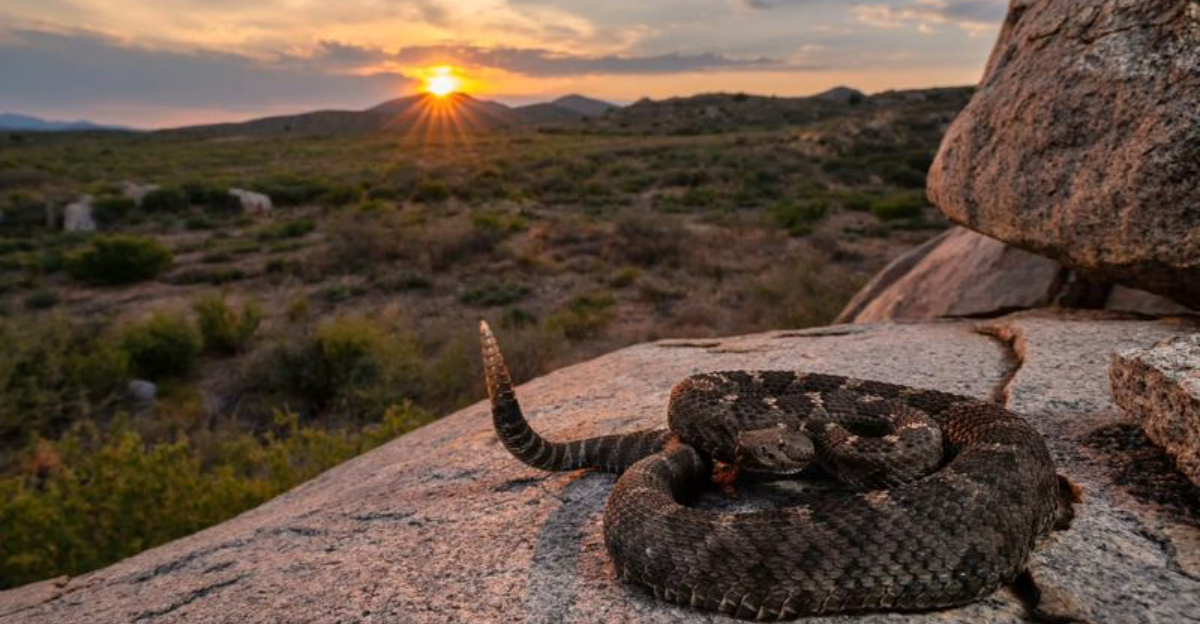
Ever wondered where you might accidentally step on a venomous serpent during your next hiking trip? Rattlesnakes inhabit many parts of the United States, but your chances of encountering one vary dramatically depending on which state you’re in.
Some regions are hotspots for rattlesnake activity and bites, while a few lucky states remain completely free of these notorious reptiles.
1. Arizona
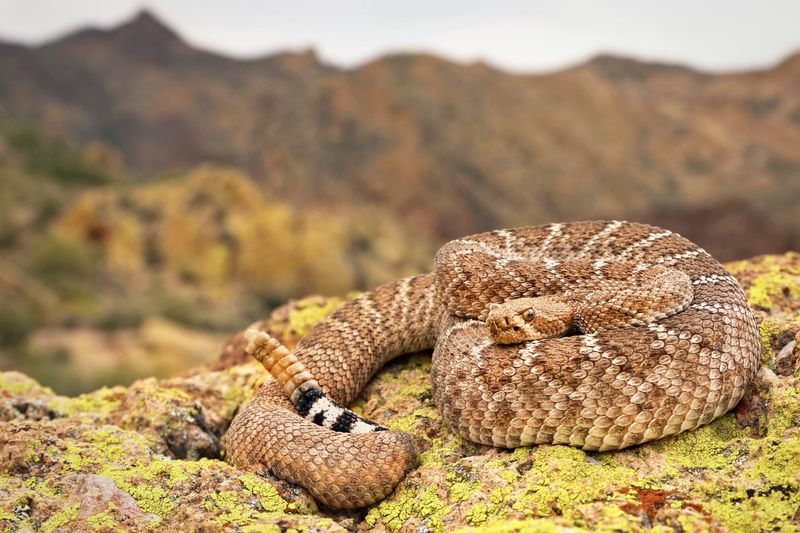
Sunbaked rocks and sprawling deserts create the perfect playground for rattlers in the Grand Canyon State. Arizona leads the nation in rattlesnake bites, averaging around 150-200 cases annually.
Thirteen rattlesnake species call Arizona home, including the aggressive Mohave rattlesnake with its potent neurotoxic venom. Urban expansion into desert habitats has only increased human-snake encounters in recent years.
2. Texas
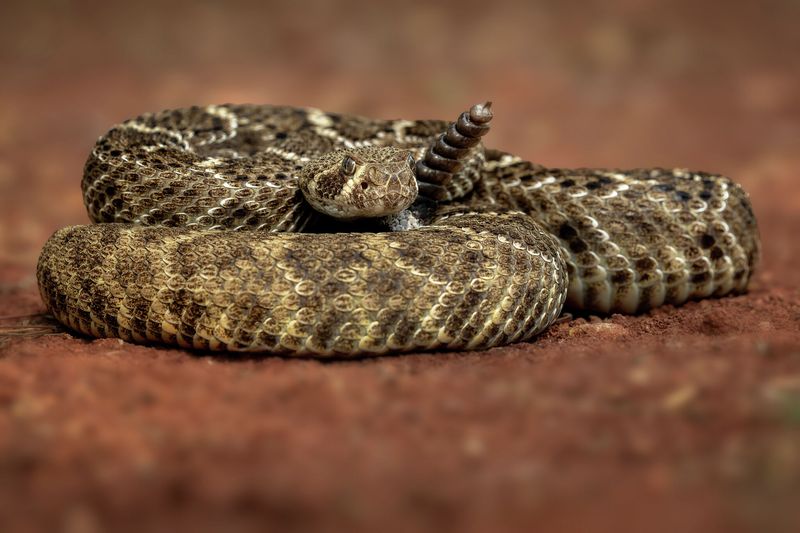
From dusty West Texas plains to Hill Country hiking trails, the Lone Star State ranks second for rattlesnake bites nationwide. Rural areas see the most incidents, especially during spring and fall when snakes are most active.
Ten different rattlesnake species slither across Texas landscapes. The Western Diamondback reigns as the most common culprit behind painful bites, with its distinctive diamond pattern and impressive size reaching up to 7 feet long.
3. California
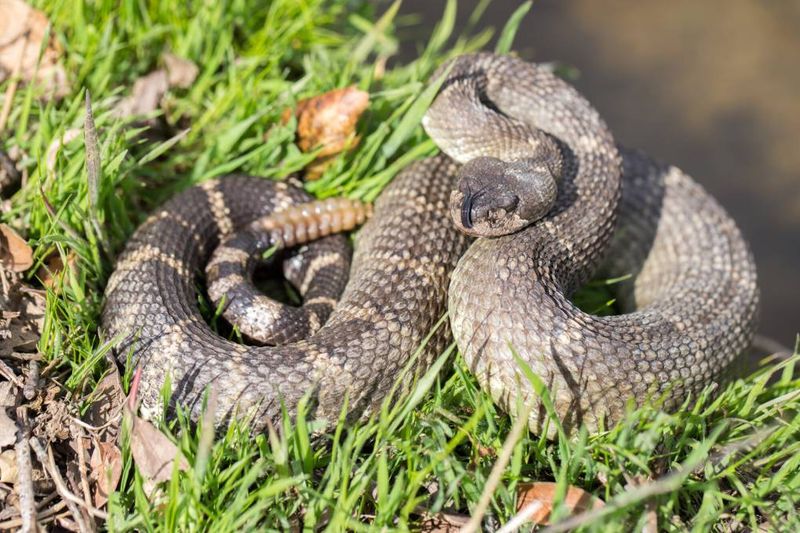
Golden State residents might be surprised to learn their state ranks third for rattlesnake encounters. The diverse landscapes from coastal chaparral to eastern deserts create ideal habitats for seven different rattlesnake species.
Southern California’s hiking trails become particular hotspots during spring months. The Southern Pacific Rattlesnake causes most bites, while the Mojave Rattlesnake delivers the most dangerous venom, packing both hemorrhagic and neurotoxic components that can cause respiratory failure.
4. New Mexico
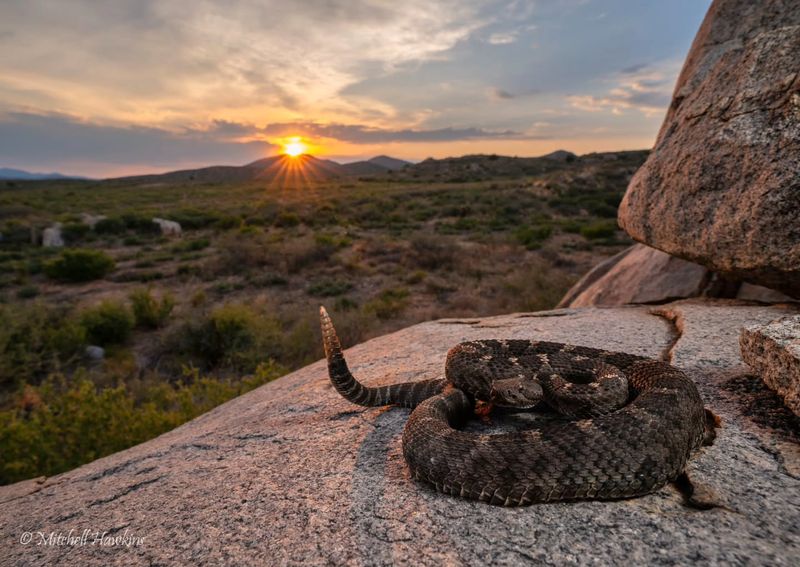
Hikers exploring New Mexico’s stunning mesas and canyons should watch their step. This southwestern state hosts eight rattlesnake species, with the Prairie Rattlesnake dominating the northern regions and the Western Diamondback common in the south.
Rock climbers face particular risk since rattlers love basking on sun-warmed surfaces. The state’s dry climate and abundant rodent population create perfect conditions for rattlesnakes to thrive, especially during summer months when temperatures soar.
5. Oklahoma
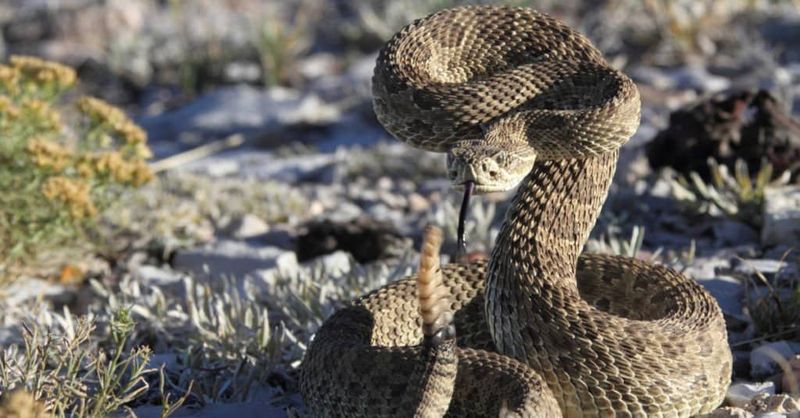
Oklahoma’s diverse terrain from eastern forests to western plains harbors numerous rattlesnake species. The Prairie Rattlesnake dominates western regions, while Timber Rattlers prefer the eastern woodlands.
Farmers and ranchers face the highest bite risk while working outdoors. Spring brings particular danger as snakes emerge hungry from hibernation and seek mates. Northeastern Oklahoma’s rocky outcroppings provide perfect denning sites where hundreds of rattlesnakes may gather each winter.
6. Nevada

Beyond the neon lights of Las Vegas lies rattlesnake country. Nevada’s arid landscape provides ideal habitat for several species, with the Mojave Rattlesnake delivering particularly dangerous bites in southern regions.
Rock hounds and outdoor enthusiasts face the highest risk during spring and fall. The Great Basin Rattlesnake dominates northern areas, while hikers in Red Rock Canyon regularly report close encounters with Sidewinders, known for their unique sideways movement and distinctive horns above their eyes.
7. Colorado
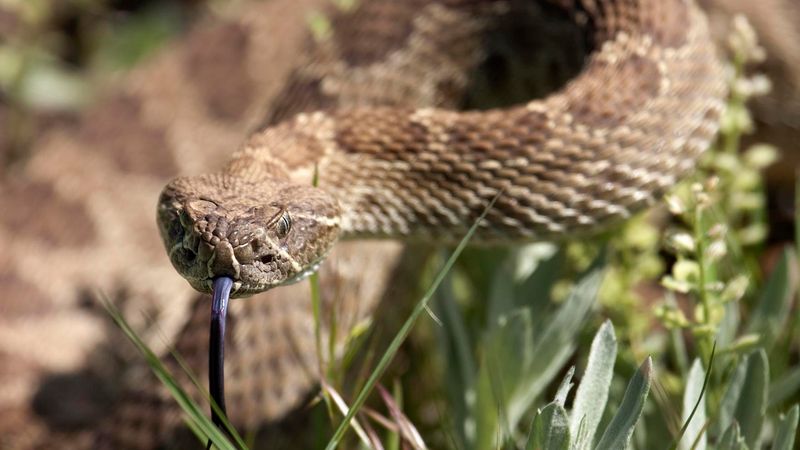
Colorado’s reputation for outdoor adventure comes with a rattlesnake warning. Prairie Rattlesnakes dominate the eastern plains and foothills, while the rare Midget Faded Rattlesnake occupies western canyons.
Popular hiking areas like Jeffco Open Space parks near Denver report dozens of encounters annually. The Prairie Rattler adapts surprisingly well to elevations up to 9,000 feet, meaning even mountain bikers aren’t completely safe from these venomous residents who emerge from hibernation hungry and ready to defend their territory.
8. Florida
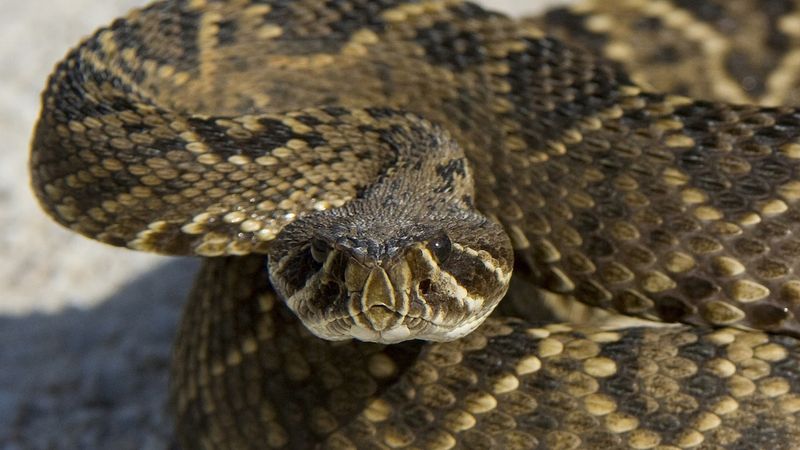
Florida’s reputation for exotic reptiles often overshadows its native rattlesnake population. The Eastern Diamondback, North America’s largest venomous snake, can reach a terrifying 8 feet long with fangs nearly an inch in length.
Rural counties report the most bites, particularly among agricultural workers. The Sunshine State also hosts the rare and endangered Timber Rattlesnake and the diminutive but venomous Pigmy Rattlesnake, which delivers painful but rarely fatal bites to unwary gardeners and hikers exploring palmetto scrub habitats.
9. Georgia
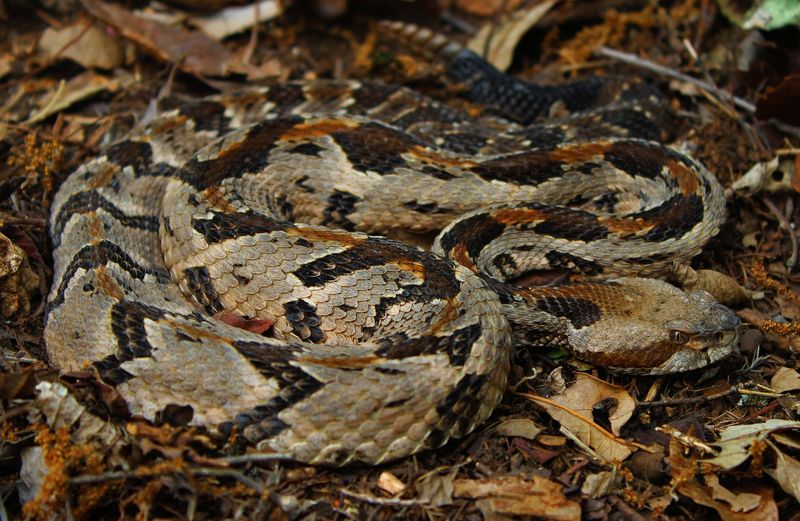
Georgia’s diverse landscapes from coastal plains to Appalachian foothills harbor three rattlesnake species. The Eastern Diamondback dominates southern regions, while Timber Rattlers prefer northern mountains and the small but feisty Pygmy Rattlesnake hides in forest undergrowth statewide.
Rural farmers face the highest bite risk, especially during summer harvests. Conservation efforts for the threatened Timber Rattlesnake have helped stabilize populations in north Georgia, where hikers on the Appalachian Trail occasionally report heart-stopping encounters on remote mountain paths.
10. Alaska
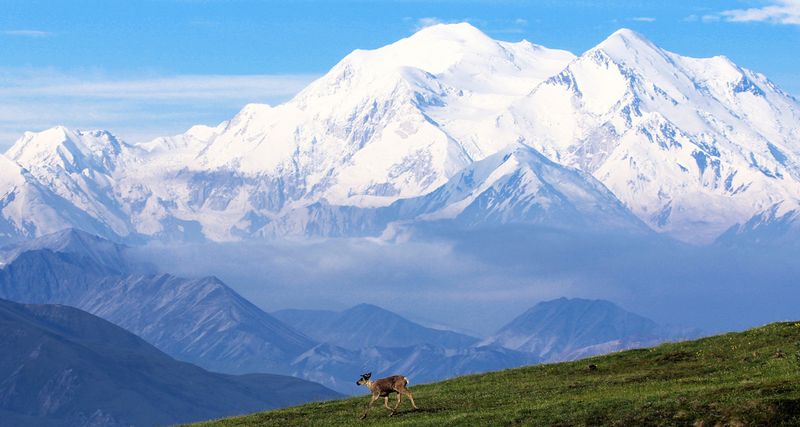
The Last Frontier offers one major advantage for ophidiophobes: zero rattlesnakes! Alaska’s frigid climate creates an environment too harsh for these cold-blooded reptiles to survive.
While Alaska does host a single venomous species—the rare Northern Pacific Rattlesnake—it’s actually a myth. The state remains completely snake-free, lacking even harmless garden varieties. Hikers can explore Denali National Park without watching for warning rattles, focusing instead on larger wildlife concerns like bears and moose.
11. Hawaii

Island paradise comes with a snake-free guarantee! Hawaii’s strict biosecurity measures and isolated geography have kept all snake species, including rattlesnakes, completely off the islands.
The state maintains aggressive inspection protocols for incoming cargo to prevent accidental introductions. Hawaii’s Department of Agriculture even employs dedicated snake-detection dogs at ports and airports. This vigilance protects not only humans but also Hawaii’s fragile ecosystem and native bird populations that would be devastated by snake predation.
12. Maine
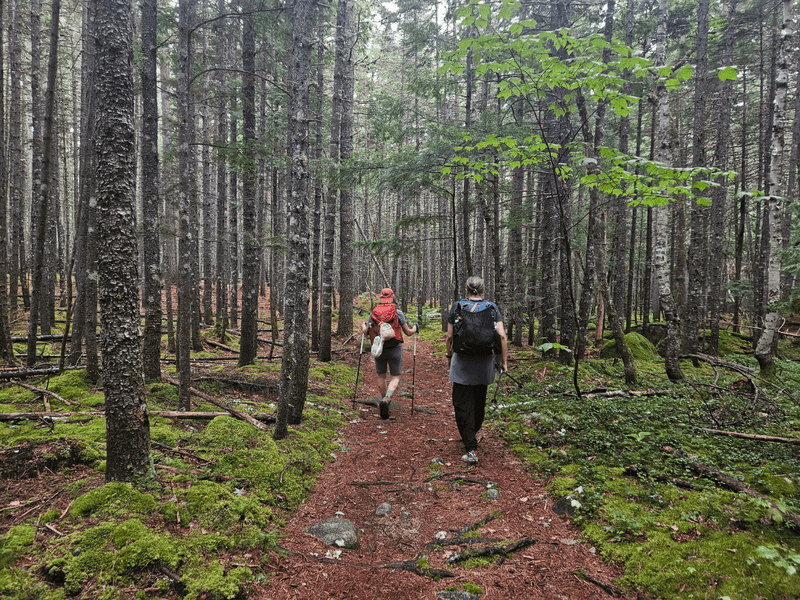
Maine offers snake-wary hikers a venom-free experience in its beautiful forests and coastlines. The northeasternmost state once hosted Timber Rattlesnakes centuries ago, but they’ve been extinct there since the 1800s.
While Maine has nine native snake species, including the harmless milk snake often mistaken for venomous varieties, none pose any danger to humans. Conservation biologists occasionally debate reintroducing Timber Rattlesnakes to restore ecological balance, but for now, Maine remains one of the few continental states where hikers can explore without rattlesnake concerns.

